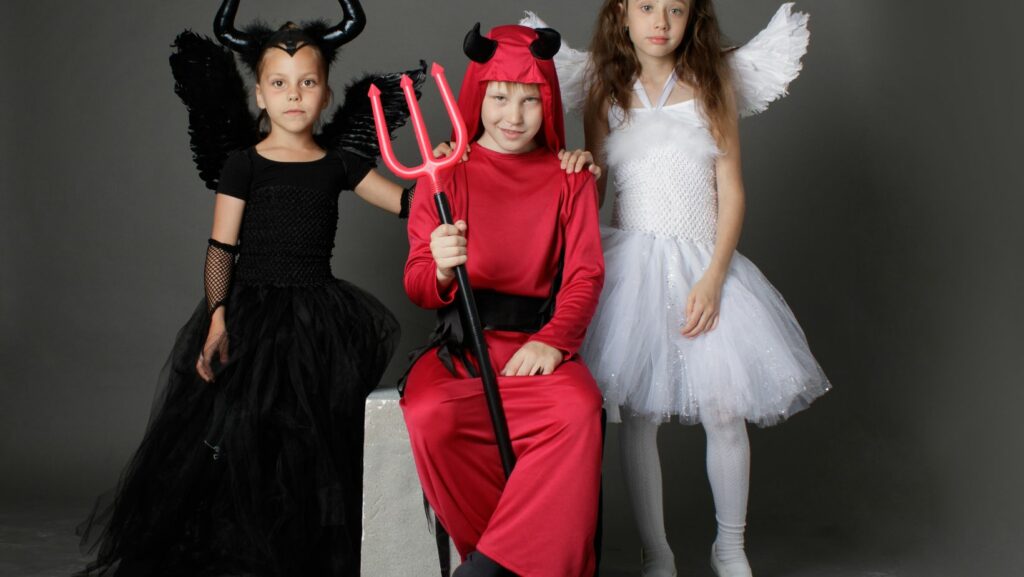What are the Latest Trends in Film Costume Design and Fashion?
In the ever-evolving world of cinema, costume design plays a pivotal role in bringing characters to life and setting the tone for entire films. As audiences become more fashion-savvy, the demand for innovative and trendsetting costumes has skyrocketed. Costume designers are now embracing a mix of traditional craftsmanship and cutting-edge technology, creating pieces that not only enhance storytelling but also influence global fashion trends.

Today’s film costume design trends reflect a fusion of historical references with modern flair, often seen in period dramas and futuristic sci-fi blockbusters. Designers are increasingly focusing on sustainability, opting for eco-friendly materials and practices. This shift not only resonates with environmentally conscious viewers but also showcases the industry’s commitment to a greener future. As film and fashion continue to intersect, the impact of these trends extends beyond the silver screen, inspiring designers and fashion enthusiasts worldwide.
Evolution of Costume Design in Film
Costume design in film has transformed significantly. Early cinema often relied on simple, practical attire that reflected characters’ everyday roles, focusing on functionality rather than statement pieces. In the 1920s, Hollywood’s Golden Age introduced glamor and sophistication, with films heavily influencing popular fashion. Designers like Edith Head became household names, crafting iconic looks that reflected societal shifts.
The 1970s brought about a change as films began showcasing subcultures through costume, highlighting punk, disco, and hippie aesthetics. This decade set the stage for costume design as a storytelling tool rather than mere clothing, allowing audiences to connect more deeply with characters and narratives.
As digital technology advanced, computer-aided design helped create intricate and imaginative costumes, particularly in genres like sci-fi and fantasy. The ability to render complex textures and patterns digitally expanded creative possibilities, allowing for more exaggerated and expressive designs.
Sustainability has recently played a pivotal role, with designers incorporating recycled materials and digitized wardrobe management, promoting an eco-conscious approach. This evolution often mirrors broader fashion trends, ensuring film continues to inspire and reflect cultural transformations.
Influential Films Shaping Fashion Trends
Certain films have significantly impacted fashion trends, with audiences eager to emulate the styles seen on the big screen.
Blockbuster Movies

Blockbuster movies often lead the way in fashion influence. Superhero films, with their sleek and iconic costumes, set trends in both casual and high-fashion sectors. For example, “Black Panther” showcased African-inspired designs, spurring a surge in cultural fashion. Similarly, “The Matrix” redefined cyberpunk aesthetics, introducing leather and futuristic elements into mainstream fashion. These films blend visual storytelling with costume innovation, making a lasting impact on fashion trends worldwide.
Period Dramas
Period dramas transport viewers to specific eras, influencing contemporary fashion with historical styles. Movies like “The Great Gatsby” reignited interest in 1920s fashion with flapper dresses and art deco motifs. “Bridgerton” brought Regency-era fashion to the forefront, popularizing empire waistlines and pastel palettes. Designers often incorporate these vintage styles into modern collections, bridging past influences with present-day fashion sensibilities. Period dramas serve as both entertainment and a wellspring of fashion inspiration, marrying historical accuracy with creative reinterpretation.
Current Trends in Film Costume Design
Film costume design continuously evolves, with current trends emphasizing sustainability and technology. Designers create costumes that not only enhance storytelling but also meet the modern audience’s ethical expectations.

Costume designers increasingly use sustainable practices, opting for eco-friendly materials. Organic fabrics, recycled fibers, and second-hand garments are prevalent. This shift reflects a broader commitment to reducing waste and promoting eco-consciousness within the industry. High-profile films now prioritize these practices, influencing the fashion world to follow suit, as seen in productions like “Emma” and “Dune.”
Technology transforms film costume design by allowing more intricate and imaginative creations. 3D printing and digital design tools enable designers to craft detailed and complex costumes that would be difficult with traditional methods. This shift is evident in sci-fi and fantasy films like “Avatar” and “Star Wars,” where costumes play a critical role in world-building. Additionally, virtual wardrobes and digital fitting solutions streamline production processes, setting new standards for costume design efficiency.

